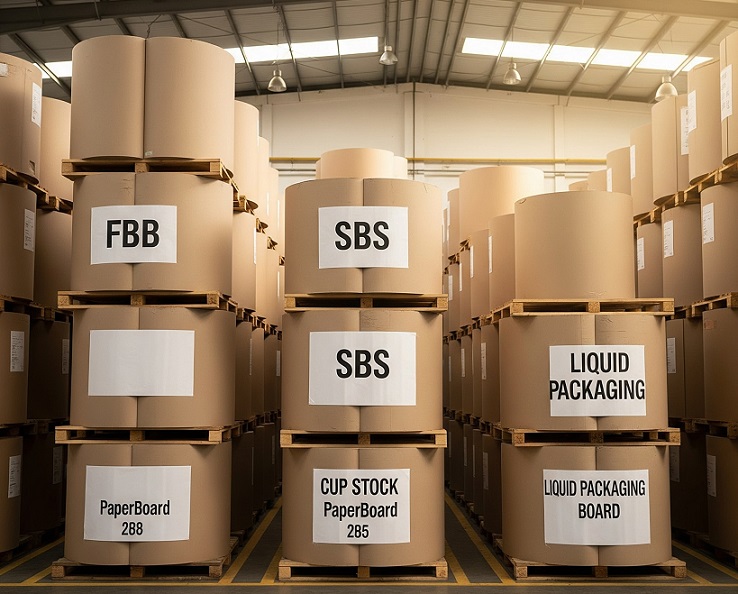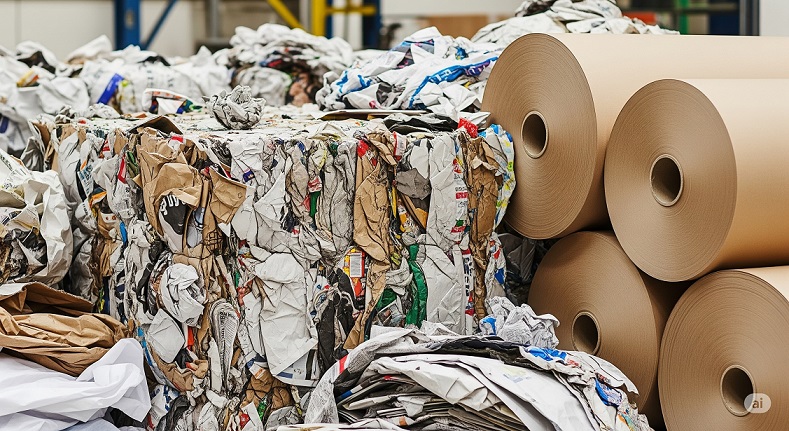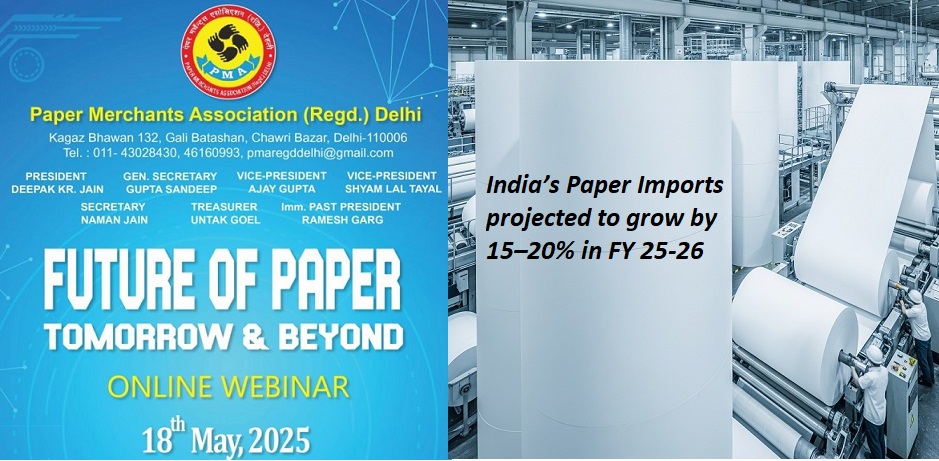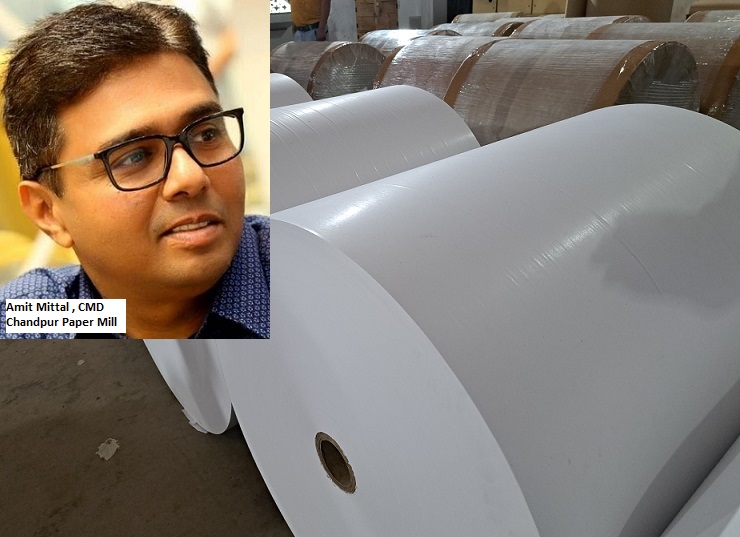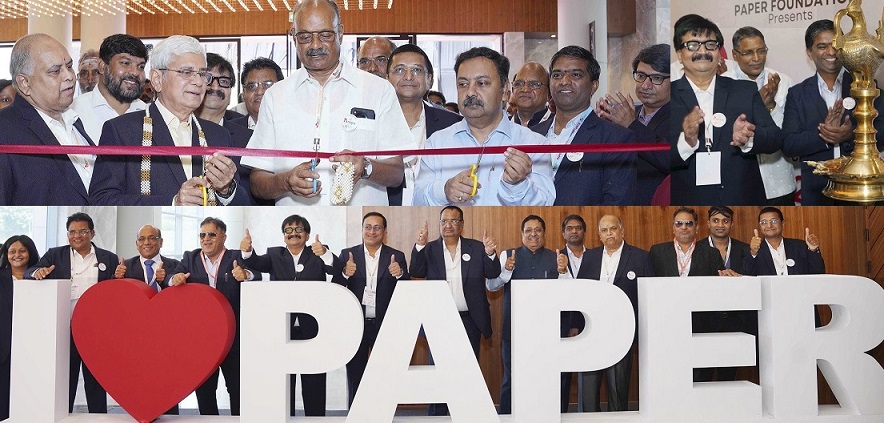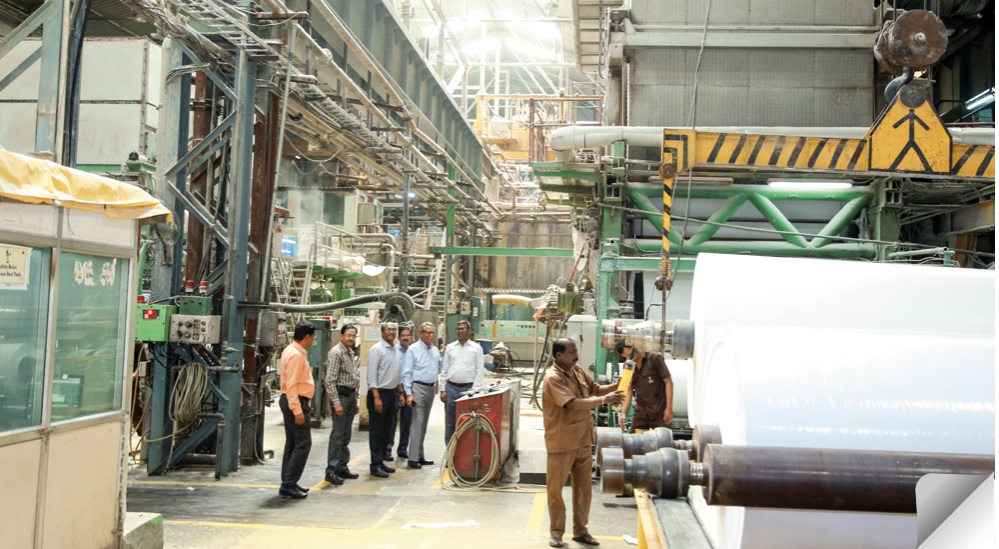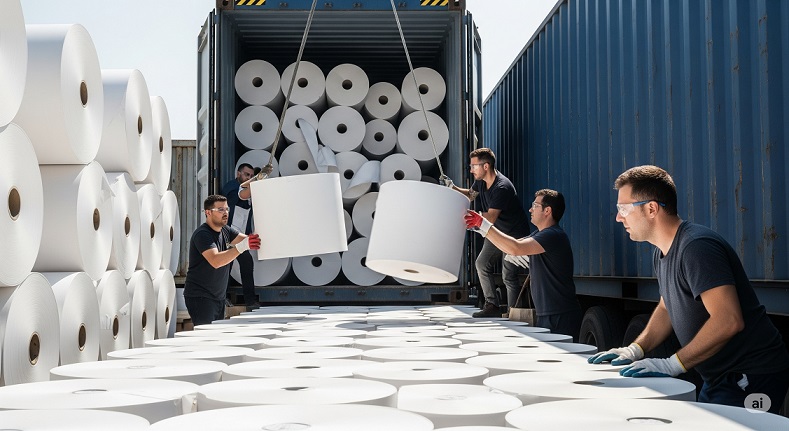Indian Paper Industry's Issues and Challenges
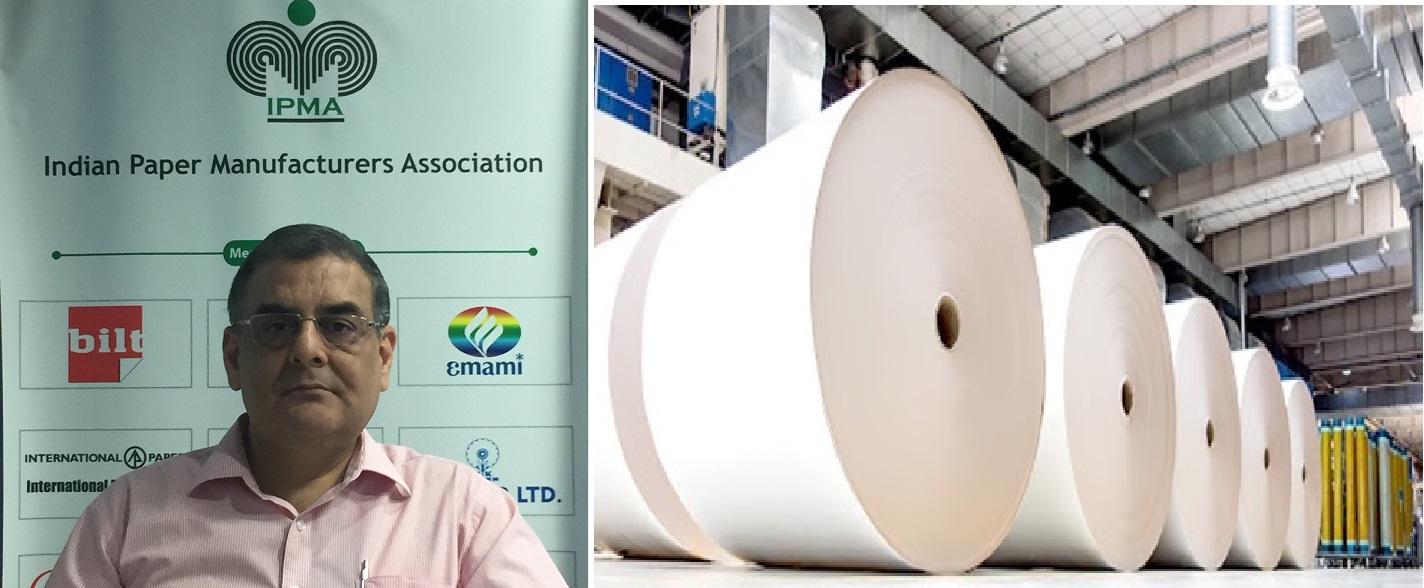
India’s Paper Industry – Issues & Challenges
Domestic Scenario
Per capita paper consumption in India is currently around 15 kgs, while the global average is 57 kgs (200+ kgs for developed countries). India is way behind in terms of per capita consumption and it is projected to increase significantly in the coming years. The demand for paper in India is growing at 6-7% per annum. India’s share in world production of paper is about 5%. The annual turnover of India’s Paper Industry is estimated to be INR 70,000 crores (domestic market size of INR 80,000 crores). The industry provides direct employment to 500,000 persons, and indirectly to around 1.5 million.
The key drivers for growth for the industry are many. Greater emphasis on education and literacy by the Government coupled with growth in organised retail and demand for better quality paper are the major drivers for writing and printing paper. Demand for better quality packaging of FMCG products marketed through organised retail, booming e-commerce, rising healthcare spends, over-the-counter medicines and increasing preference for ready-to-eat foods are the key demand drivers for paperboard / packaging paper.
About 1 million TPA of integrated pulp, paper and paperboard capacity is required to be created in India on an annual basis over the current capacity to meet the growing demand. Such investments would create a multiplier effect on the economy through gross capital formation, generation of direct employment and further giving additional livelihoods to people involved in agro / farm forestry).
Major Area of Concern – Raw Material Scarcity
India is a fibre deficient country. Inadequate raw material availability domestically is a major constraint for the Paper Industry. Wastepaper collection / recovery mechanism is also not very strong in the country.
India’s Paper Industry has agro forestry roots and strong backward linkages with the farming community, from whom wood, which is a key raw material, is sourced. Of the total demand for wood, over 90% is sourced from industry driven agro / farm forestry, with the rest from Government and other sources. India’s Paper Industry is wood-positive, that is, it plants more trees than it harvests.
Substantial amounts have been spent by the Paper Industry on plantation R&D, production of high quality clonal saplings, technical extension services to improve agro / farm forestry services, hand holding of marginal farmers over a gestation period of 4-5 years. In India an estimated 500,000 farmers are engaged in growing plantations of Eucalyptus, Subabul, Casuarina, Acacia, Poplar, etc. On an average, about 125,000 hectares are being brought under agro / farm forestry on an annual basis, with around 1.2 million hectares on a cumulative basis across the country. This has generated significant employment opportunities for the local community, especially in the rural areas, and also significantly supplemented the income of farmers.
Threat from Rising Imports - Economic Viability being Impacted
High cost of raw material coupled with significant increase in fuel cost and other inputs has resulted in a substantial increase in the cost of domestic manufacture of paper and paperboard. Such input price pressures, coupled with huge differential costs of fuel and energy, including logistics costs, and the high cost of capital, have made the Indian market amenable to imports, leading to underutilisation of existing domestic production capacity.
Imports of paper, paperboard and newsprint into India have been steadily increasing, in spite of adequate domestic production capacity. The problem has been compounded by duty-free imports under the free trade agreements (FTAs) and other agreements.
It is an acknowledged fact that as a result of the global economic scenario, the Indian Paper Industry has become very vulnerable and endeavour of major global players in the international market is to push large quantities of paper and paperboard into the Indian market. Taking advantage of the low import duty rates, these countries find India as an attractive outlet for diverting their excess inventory.

Domestic industry has invested huge amounts in the recent past to upgrade and implement clean technology, product quality, agro / farm forestry, etc. and more investments are in the pipeline. Such large investments cannot and should not be jeopardised by allowing imports at concessional / nil rates.
Given this state of affairs, domestic industry is being discouraged from further investments in capacities – which are necessary to meet the expected growth in domestic demand for paper and paperboard.
Apart from the overall negative impact of duty-free imports on the domestic Paper Industry, it is making most small and medium Paper Mills in India commercially unviable, and also jeopardising the livelihoods of thousands of farmers engaged in agro-forestry and supplying wood, the primary raw material, to Paper Mills. This is against the Hon’ble Prime Minister’s initiative of “Make in Indiaâ€, “AatmaNirbhar Bharat†and “Vocal for Localâ€.
Recommended Policy Interventions
• Paper Industry has the potential to enlarge the country’s green cover. The Government should consider making available some part of the country’s degraded forest land, FDC (Forest Development Corporation) land and non-forest Government land for pulpwood (+ fuel wood / fodder) plantations under collaborative arrangement, so that India’s Paper Industry can access raw material at competitive rates and become globally competitive. The benefits that will accrue include substantial employment generation in rural areas, savings in foreign exchange outgo, potential for carbon credits, and significant increase in forest / tree cover.
• In order to provide a level playing field to the domestic industry, paper and paperboard should be kept in the Negative List (that is, no preferential treatment in terms of import tariff) while urgently reviewing the existing FTAs (ASEAN, Korea) and formulating new FTAs.
• The basic customs duty on import of paper and paperboard should be increased to 25% (WTO Bound rate is 40%).
• Import of paper and paperboard should be allowed only on the basis of Actual User License so that only genuine users import the right quantity of paper for their consumption. The import policy should be changed from ‘Free’ to ‘Restricted’.
• Non-Tariff Measures (NTMs) / Technical Barriers to Trade (TBT), like making BIS marking mandatory, should be imposed on imports of paper.
• A Paper Import Monitoring System should be implemented so that there is proper monitoring of imports coming into the country in terms of valuation, quality, classification, etc.
• Import of Stocklot should be banned (like done for coated paper under HS Code 4810).
• Suitable safeguard, anti-dumping and countervailing duties on imports of various grades of paper should be expeditiously imposed.
The above mentioned steps will safeguard the health and financial viability of India’s Paper Industry, and should merit the Government’s serious consideration.
Conclusion
Paper is an integral part of the daily lives of people. Paper is one of the most environmentally sustainable products as it is biodegradable, recyclable and is produced from sources which are renewable and sustainable.
Paper mills in India have been working towards better energy efficiency, green energy, employing a range of innovations and technologies. Paper mills have also undertaken significant upgradation of process technology to comply with stringent environmental norms / standards so as to reduce fresh water consumption and effluent and emission generation.
The Government needs to support the industry that has strong backward linkages with the farming community, generates employment in rural areas, and significantly contributes to the national objective of bringing 33% of land mass in India under tree cover, apart from also significantly contributing towards the national objectives of education and literacy.
Note: This article has been written by Mr. Rohit Pandit, Secretary General, Indian Paper Manufacturers Association (IPMA)
Web Title: Indian Paper Industry Issues and Challenges




 Join WhatsApp Group
Join WhatsApp Group Join Telegram Channel
Join Telegram Channel Join YouTube Channel
Join YouTube Channel Join Job Channel (View | Submit Jobs)
Join Job Channel (View | Submit Jobs) Join Buy Sell Channel (Free to Submit)
Join Buy Sell Channel (Free to Submit)




